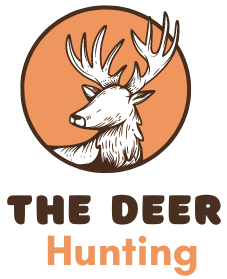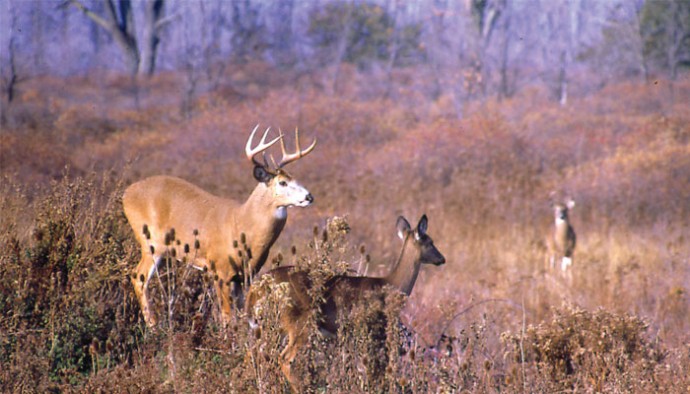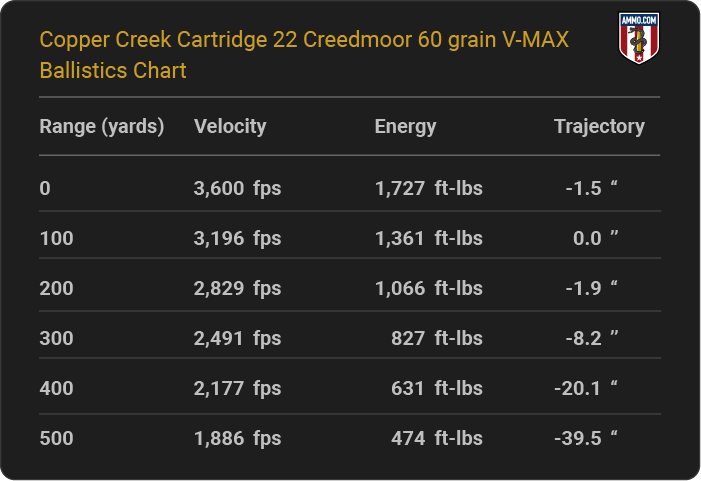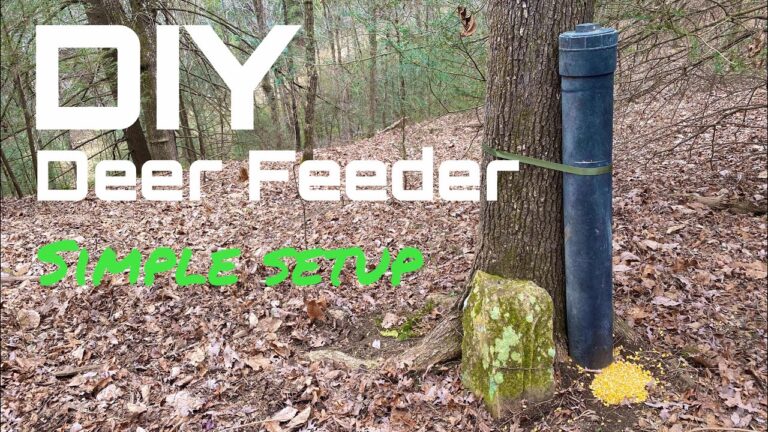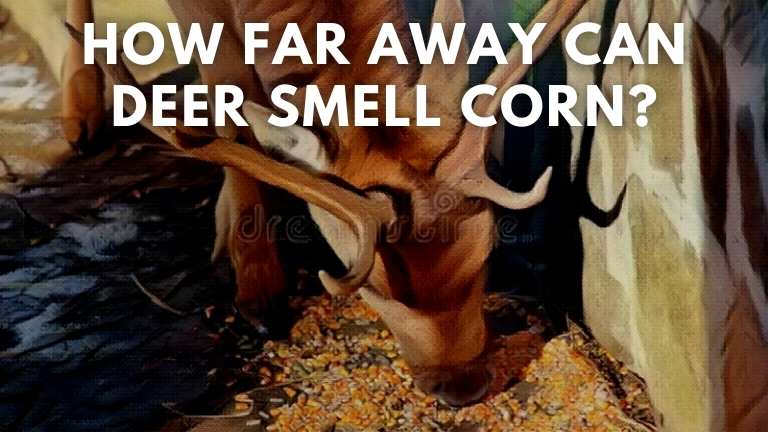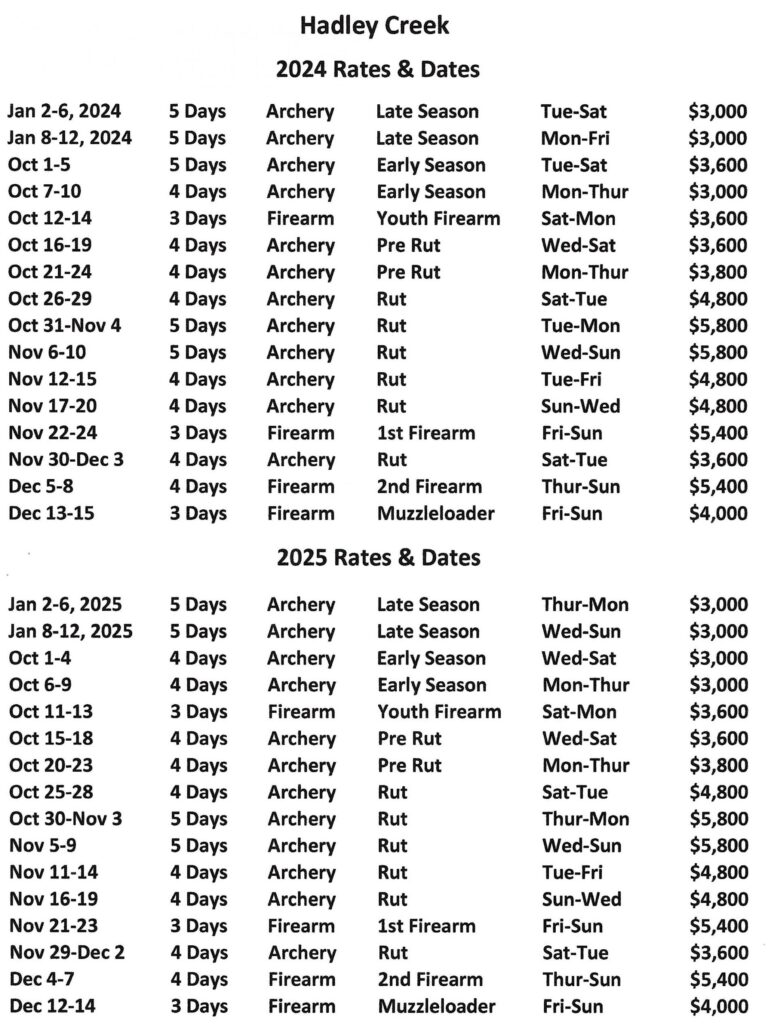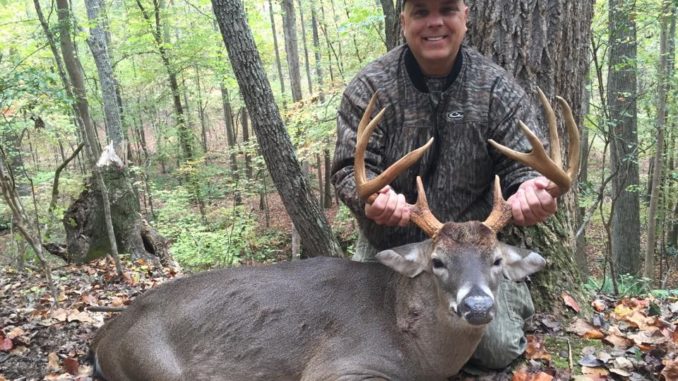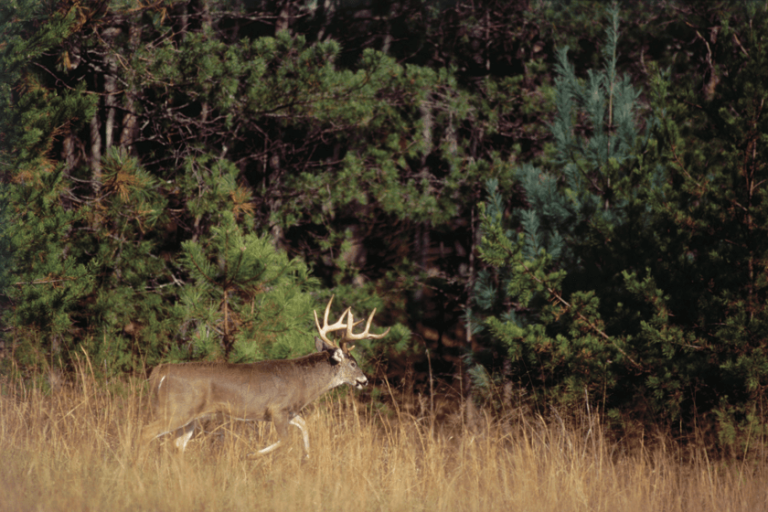When Do Deer Shed Their Antlers in New York: Seasonal Insights
Deer shed their antlers in New York each year, usually in winter. This natural process can vary based on factors like age, health, and environment.
Deer shedding their antlers is a fascinating event. It marks the end of one cycle and the beginning of another. In New York, this typically occurs between December and March. The timing can vary slightly due to factors like the deer’s age, health, and environmental conditions.
Understanding when deer shed their antlers can be useful for wildlife enthusiasts, hunters, and nature lovers. It offers insight into the deer’s life cycle and behavior. This article will explore the factors that influence antler shedding in New York, helping you better understand this natural phenomenon.
Introduction To Deer Antler Shedding
Deer antlers are bones that grow on the head of male deer. They are used to fight other males during mating season. They can be very large and heavy. Antlers grow every year and then fall off.
Shedding antlers is important for deer. It helps them grow new, stronger antlers next year. This process helps them stay healthy. New antlers grow quickly in spring and summer. The old antlers fall off in winter. This cycle keeps repeating every year.
Seasonal Patterns In New York
Deer in New York often shed their antlers during winter. This usually happens between late December and early March. The shedding process helps deer save energy for the cold months. Antlers are heavy and take a lot of energy to carry. When food is scarce, shedding is a smart move.
In spring, deer start to grow new antlers. This growth begins in April or May. The new antlers are covered in a soft skin called velvet. Velvet helps the antlers grow quickly by supplying blood and nutrients. By late summer, the antlers are fully grown. Deer use these new antlers to find mates and defend themselves.
Factors Influencing Shedding
Deer shed antlers based on age. Young deer may shed later. Older deer shed earlier. Age affects the hormone levels. Hormones control antler shedding. Young deer have more energy. Older deer have less energy. This energy impacts the shedding process.
Nutrition impacts antler shedding. Well-fed deer shed antlers on time. Poorly fed deer shed late. Good diet helps antler growth. Poor diet weakens the antlers. Healthy diet means healthy deer. Weak deer shed antlers later. Food availability matters a lot.
Environmental Impact On Shedding
Winter weather plays a big role. Cold winters lead to earlier shedding. Warm winters delay the process. Snow and ice affect food availability. This impacts antler growth and shedding. Deer may shed later if food is scarce. Mild winters mean more food. This can cause earlier shedding.
Deer in forests shed differently from those in fields. Dense forests offer more cover. This helps deer feel safe when shedding. Open fields expose deer to predators. This can delay antler shedding. Food sources in the habitat matter too. Rich habitats mean healthy deer. Healthy deer shed antlers on time.
Behavioral Changes During Shedding
Deer in New York typically shed their antlers from late December to early March. During this period, they may exhibit more reclusive behavior. Increased restlessness and changes in feeding patterns can also be observed.
Social Dynamics
Deer often change their social groups during antler shedding. Bucks may leave their usual groups. They seek solitude. These changes help them avoid conflicts. Shedding makes them vulnerable. Other deer notice this. They may challenge the shedding bucks. Social dynamics shift during this time.
Territorial Behavior
Bucks may become less territorial. Shedding antlers means less fighting. They focus more on feeding. Territories may overlap. This is a temporary change. Once new antlers grow, territorial behavior returns. Deer use antlers to establish dominance. Without them, they avoid confrontations.
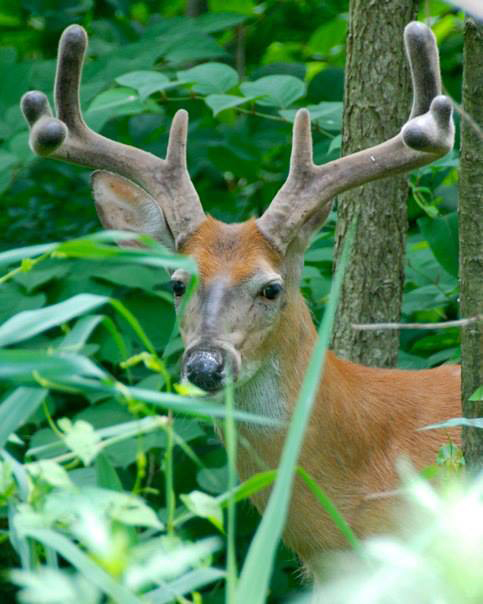
Credit: www.nyc.gov
Identifying Shedding Signs
Deer antlers become loose before shedding. You may see bare spots on their heads. Look for antlers on the ground. They might have bits of skin. This is a clear sign. Sometimes, the antlers look cracked or worn. This means they will fall soon.
Deer often rub their heads on trees. They do this to loosen the antlers. You might see them shaking their heads. They look restless. This is common during shedding time. They also avoid fights. Fighting can make antlers fall off. So they stay calm.
Human Interaction And Management
Conservation efforts play a key role in deer management. Wildlife agencies work hard to protect deer habitats. They ensure deer populations stay healthy. These efforts help balance the ecosystem. Educating the public is also important. People learn how to interact with deer safely. They understand the need to protect these animals.
Hunting affects deer populations. It helps control their numbers. Too many deer can damage habitats. Hunters follow strict rules to keep the balance. They hunt during specific seasons. This ensures deer populations remain stable. Proper management is crucial. It protects both deer and their environment.

Credit: www.newyorkalmanack.com
Conclusion And Future Trends
Deer in New York typically shed their antlers between January and March. Future trends may show slight variations due to climate changes. Understanding these patterns helps in wildlife management and conservation efforts.
Predictions For Future Seasons
Scientists believe that deer will shed their antlers earlier each year. This change is due to warmer winters. Climate change affects the deer’s natural cycles. Early shedding may become the norm in New York. Monitoring these trends is very important. Accurate data helps predict future changes. This information is vital for wildlife management.
Conservation Strategies
Protecting habitats is crucial. Deer need safe places to live and find food. Reducing hunting during shedding season can help. Educating the public on these practices is essential. Proper conservation ensures the health of deer populations. Collaboration between scientists and communities is key. Working together can lead to better outcomes for deer and people.
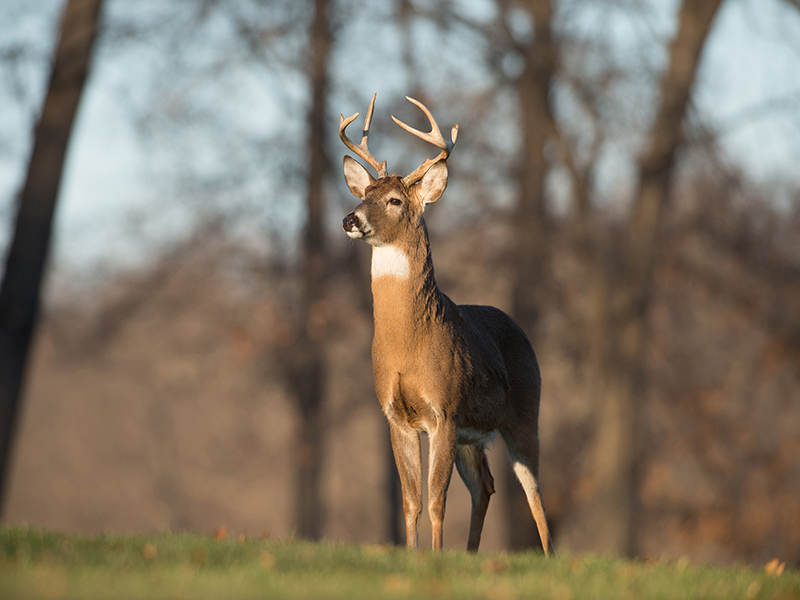
Credit: www.nyc.gov
Frequently Asked Questions
When Do Deer Shed Antlers In New York?
Deer in New York typically shed their antlers between January and March. The exact timing can vary depending on factors like age and health.
Why Do Deer Shed Their Antlers?
Deer shed their antlers to conserve energy for the winter. New antlers will grow in the spring, often larger and more impressive.
How Long Does It Take For Deer To Shed Antlers?
Shedding antlers can take a few days. The process begins with antlers loosening, followed by them falling off naturally.
Do All Deer Shed Their Antlers At The Same Time?
No, not all deer shed their antlers at the same time. Factors like age, health, and environmental conditions can affect the timing.
Conclusion
Deer shed their antlers in New York from late winter to early spring. This happens typically between January and April. Factors like age, health, and environment affect the timing. Observing this natural cycle can be fascinating. Nature’s rhythm never fails to amaze us.
Spotting shed antlers can be a rewarding experience. Enjoy nature’s wonders and respect wildlife. Keep exploring, learning, and appreciating the beauty around.
